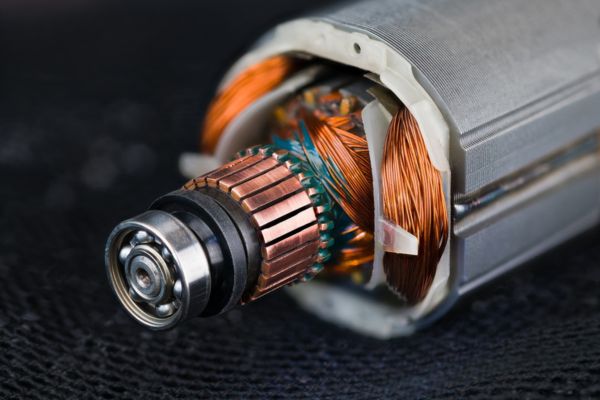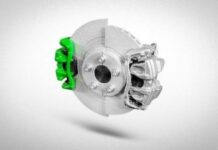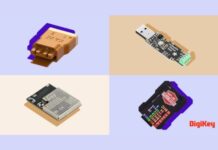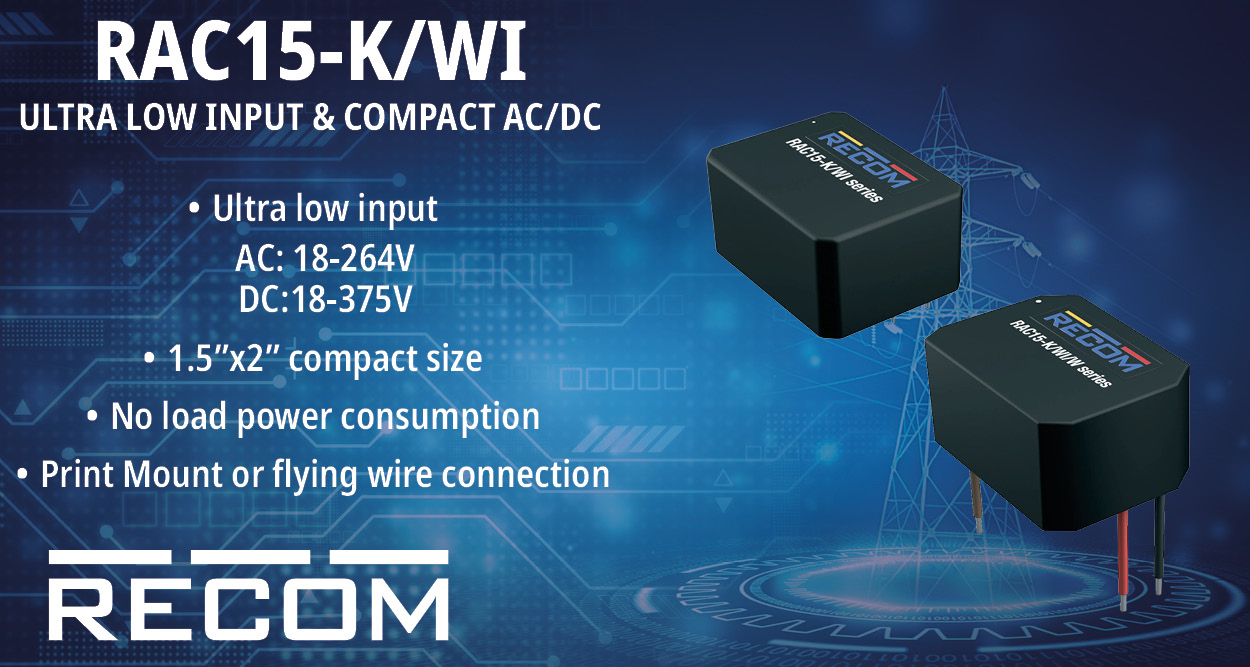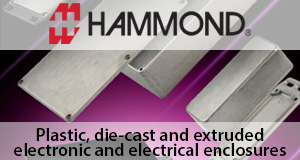The rapid advancement of industrial automation and robotics has significantly increased the demand for high-performance, reliable, and energy-efficient motion control systems. Electric DC (Direct Current) motors have emerged as a critical component in this transformation, offering precise control, high torque density, and excellent dynamic response. From robotic arms in manufacturing to conveyor systems in automated warehouses, DC motors are integral to modern industrial applications. According to the Consegic Business Intelligence report, Electric DC Motor Market size is estimated to reach over USD 32,273.22 Million by 2032 from a value of USD 17,104.59 Million in 2024 and is projected to grow by USD 18,212.65 Million in 2025, growing at a CAGR of 8.3% from 2025 to 2032.
DC Motors in Industrial Automation
Industrial automation relies on motors that can deliver consistent and controlled motion while maintaining high efficiency. Brushed and brushless DC motors (BLDCs) are widely used due to their ability to provide adjustable speed control, compact size, and high starting torque.
Brushed DC motors feature a simple design with a commutator and brushes that facilitate current flow, making them ideal for cost-sensitive applications requiring reliable torque at low speeds. These motors are commonly used in conveyor belts, packaging machinery, and material handling systems, where precision and durability are key.
Brushless DC motors (BLDCs), on the other hand, eliminate the mechanical brushes, reducing wear and maintenance needs while offering higher efficiency and longer operational lifespans. BLDC motors are widely employed in robotic systems, automated guided vehicles (AGVs), and CNC (computer numerical control) machines, where precise speed and position control are essential. Their sensor-based feedback mechanisms, such as Hall-effect sensors and encoders, allow for real-time motion adjustments, ensuring smooth and efficient automation.
DC Motors in Robotics: Precision and Adaptability :
Robotics is one of the most demanding applications for electric DC motors, requiring high levels of accuracy, agility, and reliability. Servo DC motors, which integrate closed-loop control systems, play a crucial role in robotic arms, exoskeletons, and autonomous robotic platforms. These motors provide precise positioning and variable speed control, making them suitable for applications such as welding robots, pick-and-place systems, and surgical robots.
One of the key benefits of DC servo motors is their ability to respond to complex motion commands with minimal delay. The integration of field-oriented control (FOC) algorithms and advanced PID (Proportional-Integral-Derivative) controllers enables smooth motion with minimal overshoot, ensuring consistent robotic performance.
Moreover, miniature DC motors with high power-to-weight ratios are increasingly being used in collaborative robots (cobots), designed to work alongside human operators. These motors enable compact, lightweight robotic designs that improve safety and flexibility in industrial environments.
Advancements in DC Motor Technology :
Recent innovations in DC motor technology have further enhanced their efficiency, performance, and adaptability in automation and robotics.
High-Efficiency Magnet Materials:
The use of rare-earth permanent magnets (such as neodymium and samarium-cobalt) has improved the power density of DC motors, reducing energy consumption while delivering higher torque. These materials enable compact yet powerful motors, making them ideal for space-constrained industrial and robotic applications.
Integrated Motor Controllers and Smart Drives:
Modern DC motors are now equipped with embedded microcontrollers and smart drives, allowing for real-time motion optimization and predictive maintenance. These smart motor systems can communicate with industrial networks using protocols like Ether CAT, Modbus, and CAN open, enabling seamless integration with automation systems.
Regenerative Braking and Energy Recovery:
In high-speed robotic and industrial systems, regenerative braking technology allows DC motors to recover and store excess energy, improving overall system efficiency. This is particularly beneficial in applications such as automated storage and retrieval systems (AS/RS), where frequent stop-and-start operations generate significant energy savings.
Improved Thermal Management and Durability:
Advancements in liquid cooling systems and heat-resistant coatings have enhanced the thermal stability of DC motors, preventing overheating and extending their operational lifespan. This is crucial for high-duty-cycle applications where motors run continuously in demanding industrial environments.
Future Trends and Emerging Applications :
As industrial automation and robotics continue to evolve, the role of DC motors is expected to expand further. The integration of AI-driven motion control and digital twin simulations will enhance predictive maintenance and improve system efficiency. Additionally, the rise of fully autonomous robotic systems in sectors such as logistics, agriculture, and healthcare will drive demand for more compact, efficient, and AI-enabled DC motors.
Moreover, the development of battery-powered industrial robots and mobile automation systems will require ultra-efficient DC motors with high torque-to-weight ratios, further pushing the boundaries of electric motor innovation.
Conclusion :
Electric DC motors are a fundamental pillar of modern industrial automation and robotics, offering unmatched precision, efficiency, and adaptability. With continuous advancements in motor technology, including smart control systems, high-efficiency materials, and energy recovery mechanisms, DC motors are playing a pivotal role in shaping the future of automated industries. As automation expands across multiple sectors, DC motors will remain at the core of intelligent motion control, driving productivity, reliability, and energy efficiency in the next generation of industrial and robotic systems.
Source:Electric DC Motor Market





